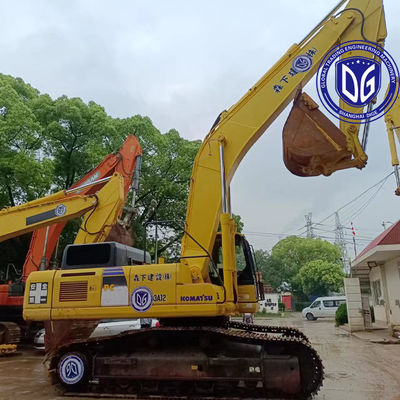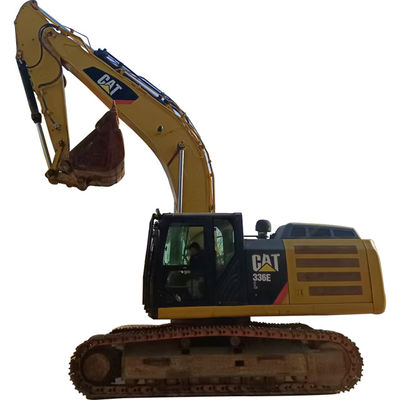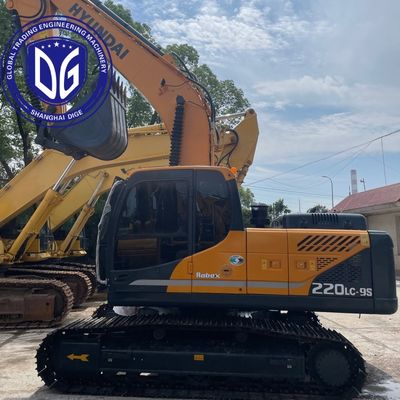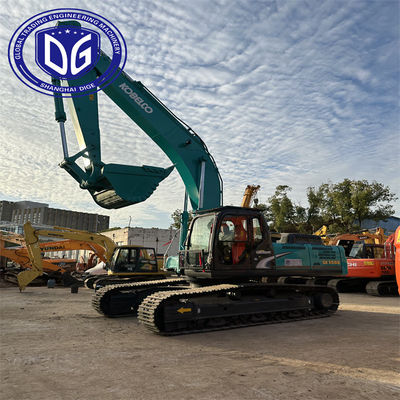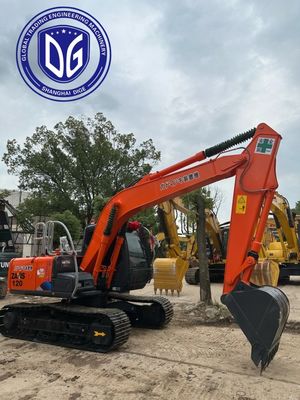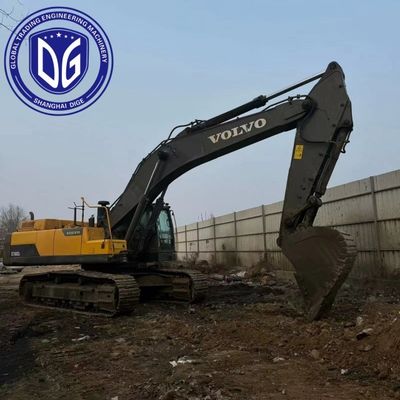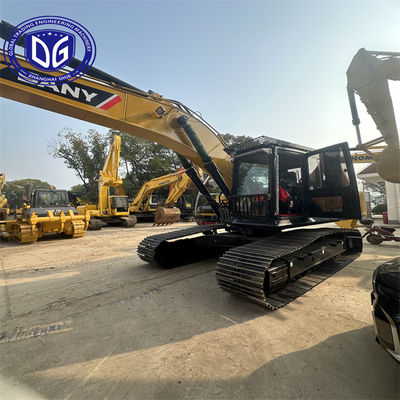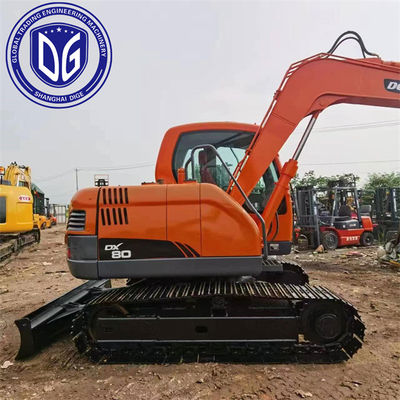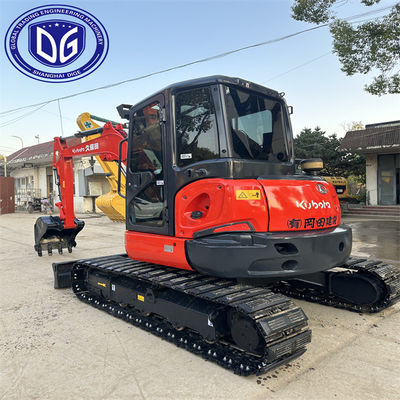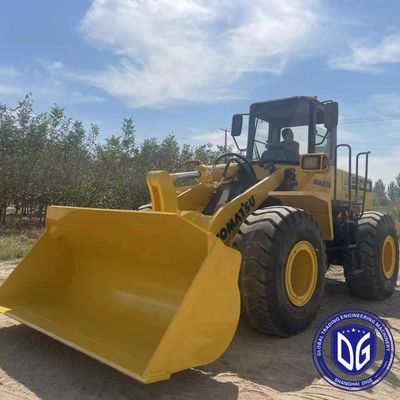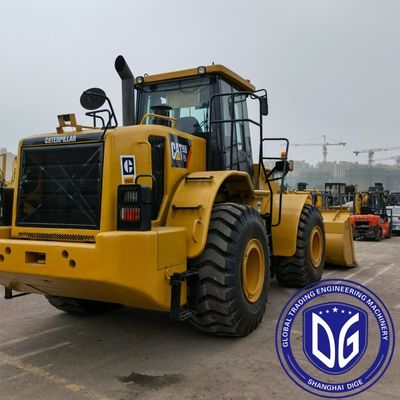How to Inspect a Used Excavator Before Buying – A Complete Guide
by Sam from Dige International Trading
Buying a used excavator is a smart move when you want powerful equipment at a lower cost—but only if you know how to inspect it properly. At Dige International Trading, we help buyers from around the world evaluate second-hand machines to avoid unexpected problems after delivery. In this article, we share a step-by-step guide to inspecting a used excavator before you commit to buying.
1.
Start With the Engine
The engine is the heart of any excavator. Always ask for a cold start video. A healthy engine should:
-
Start within a few seconds
-
Run steadily without black or white smoke
-
Not produce strange knocking or rattling sounds
Check for oil leaks around the cylinder head, fuel injection pump, and crankcase.

2.
Hydraulic System – The Power Behind the Machine
Hydraulics drive all the critical functions. Look for:
-
Smooth movement of the boom, stick, and bucket
-
No jerky motion or delay
-
Clean cylinders and hoses—no visible leaks or patchwork repairs
-
Stable pressure when testing multiple operations at once
At Dige, we always do multi-function hydraulic demonstrations to verify system performance.
3.
Undercarriage – Wear Tells a Story
The undercarriage gives big clues about past usage. Focus on:
-
Track links, rollers, and sprockets—are they evenly worn?
-
Any deep cuts or cracks in the track shoes?
-
Tension system—is the track too loose or too tight?
-
Check if both sides wear evenly (uneven wear could mean frame twist)
This area is costly to repair, so you want it to be in at least 70% usable condition.
4.
Pins, Bushings, and Boom Condition
Play in the pins and bushings is normal for used machines—but too much means trouble.
-
Move the bucket and stick—check for horizontal or vertical play
-
Look closely at the main boom welds—any signs of cracking or re-welding?
-
Check bushing tightness and greasing points
Machines used for rock or demolition work tend to wear these components faster.
5.
Cabin and Electronics

A clean, well-kept cabin usually indicates a cared-for machine. Test:
-
Monitor display—any warning lights or error codes?
-
Joystick response—are they tight and accurate?
-
A/C or fan system (important for hot countries)
-
Seat condition and presence of safety belt and glass
Also check foot pedals, horn, and backup alarm.
6.
Working Hours vs. Actual Condition
Some machines show low working hours but high wear. That’s a red flag. Always:
-
Match visible wear with claimed hour meter
-
Look for signs of meter tampering
-
Request service history or oil sampling report if available
We recommend focusing more on condition than just the hour reading alone.
7.
Request a Full Walk-Around Video
Before buying, ask the seller to send a clear video that includes:
-
Cold start
-
Full 360° walk-around
-
Operation of boom, stick, bucket, and swing
-
A view of the engine bay
-
Undercarriage close-up
-
Sound of the engine at idle and under load
At Dige, we include all of this by default for every excavator.
Our Top Used Excavator Picks Right Now
We currently stock fully inspected excavators such as:
All are serviced, cleaned, and export-ready, with documented inspection.
Want to explore more machines and updates? Check out our YouTube channel for detailed videos!
Follow us on TikTok to see more real-time videos and featured equipment!

 Your message must be between 20-3,000 characters!
Your message must be between 20-3,000 characters! Please check your E-mail!
Please check your E-mail!  Your message must be between 20-3,000 characters!
Your message must be between 20-3,000 characters! Please check your E-mail!
Please check your E-mail! 
